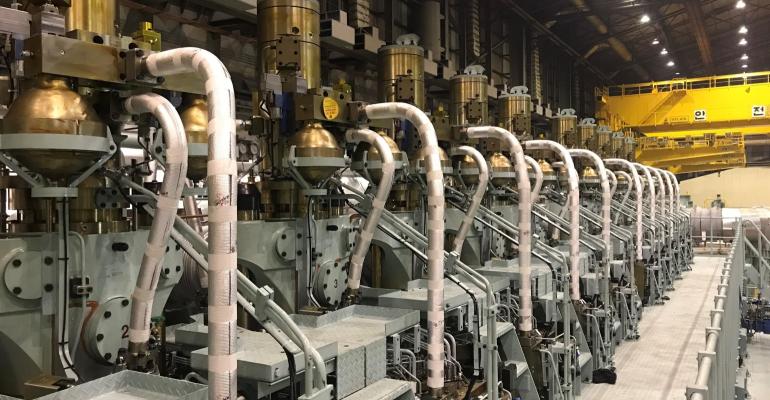With the move to alternative fuels there will be new ship board systems and skillsets required to operate these.
Speaking to the Seatrade Maritime Podcast, Borromeo, says, “You have the shipowners, you have the charters, the ship managers, the crew managers, the crew agents, and you have all of the providers of equipment, you also have the class societies, everyone has to come to the table. And the reason for that is simply that we all need to understand where that future is going and how do we create perhaps a more standardised approach similar to the way the aviation industry has evolved.”
When it comes to attracting young people to a career in seafaring one of the challenges in the Philippines is encouraging candidates to consider marine engineering rather than deck officer positions. Borromeo shares that when you start ask why this is, “and what is it that is missing in the whole engineering equation, and you realise that part of an effort has to be a review of the ergonomics of the engine room”.
He notes that over the years the layout of the engine room has not necessarily changed to make it a more conducive environment to work in.
Listen to the full episode of the Seatrade Maritime Podcast with Gerardo Borromeo
Not only can it be an environment that is not conducive to work it can have health impacts as well and Borromeo reveals there is a higher incidence of kidney stones among seafarers that work in engineering.
Why is this? He explains that it’s a hot environment and those working in it may not hydrate themselves as well as they should. “And if it is uncomfortable, or if it takes too much time and effort to go from where you're working to say, comfort room facilities, then one or the other gets compromised.
“So, the ergonomics of a workplace have to be as conducive as possible to encourage people to work in them,” he says.
For the engineers of the future shipping will be competing with the likes Microsoft and Google and the working environments they offer. To achieve a more conducive working environment Borromeo says the shipbuilders and ship equipment manufacturers need to sit down with the shipowners, managers, and crewing managers, to achieve solutions that both the hardware available and so are the people to operate it.

